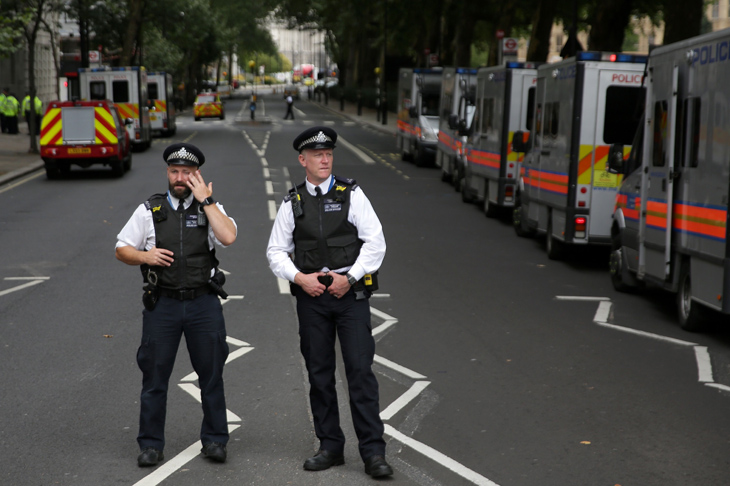By now, the routine is familiar: a lone wolf strikes, roads are sealed off, buildings locked down and a biographical picture begins to emerge. Often, the perpetrator turns out to be born and bred in Britain. His astonished friends and neighbours say they saw no signs that he had succumbed to fanaticism. It later emerges that radicalisation happened incredibly quickly — perhaps inspired by online videos — and the terror plan was so low-tech that interception would have been impossible. How, it might be asked, can any country protect itself against such threats?
But Britain has protected itself, both in thwarting such attacks and in blunting their impact. The latest attacker found the House of Commons protected by barriers. After driving around Westminster for 90 minutes, he drove into one of these barriers, killing no one. Within seconds, he was in handcuffs. It was, of course, a reminder of a vulnerability, the type of attack that could come from anyone with a car and murderous intent. But it was also a reminder of the professionalism of the police and security services, and the efficacy of the steps taken.
Since last year’s attack in Westminster, 13 Islamist terror plots have been thwarted in the UK. The relative quiet we have seen recently is not because of a lack of jihadists. Instead, it shows the effectiveness of the security services: how a democracy can respond, successfully, to a terror threat without loss of civil liberties or making citizens feel under siege. Jihadists are now resorting to smaller plots, knowing that larger ones will probably be thwarted.
Al Qaeda used to publish a digital magazine called Inspire. British spies were eventually able to hack into it, at one point changing bombmaking instructions into a recipe for cupcakes.








Comments
Join the debate for just £1 a month
Be part of the conversation with other Spectator readers by getting your first three months for £3.
UNLOCK ACCESS Just £1 a monthAlready a subscriber? Log in